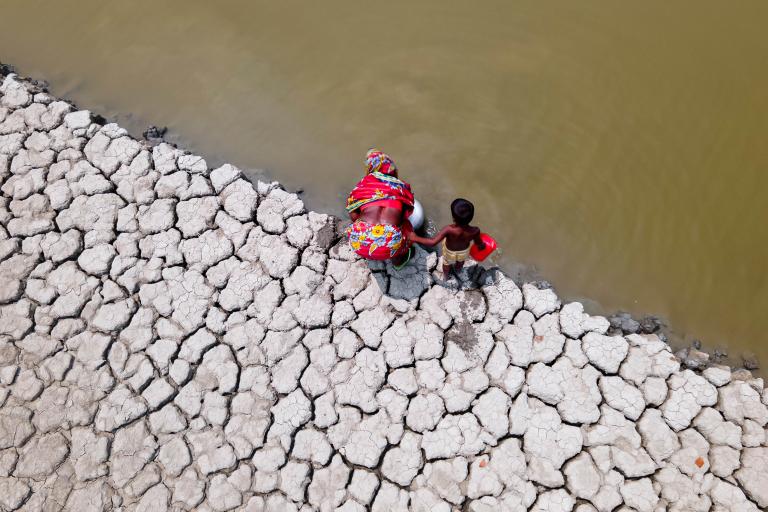Above normal rainfall is forecast for southwest monsoon season
Above normal rainfall is most likely during the 2024 southwest monsoon season (June – September) over most parts of South Asia, according to the South Asia Climate Outlook Forum, which is backed by WMO and Regional Climate Centre Pune. Above normal temperatures are also likely over much of the region.

A few areas in northern, eastern and north-eastern parts of the region are predicted to receive below normal rainfall.
From June through September, the Southwest Monsoon dominates life in much of South Asia. Accounting for 75-90 per cent of the annual rainfall in most parts of the region (excepting Sri Lanka and south-eastern India), the monsoon has an all-pervading influence on the socio-economic fabric of the region. Whilst it is the lifeblood of national economies and agricultural production, heavy monsoon-related rainfall and flooding also causes many casualties each year., underlining the importance of early warnings.
Advance information about the likely performance of the monsoon underpins planning and decision-making in climate-sensitive sectors such as agriculture and informs public health and risk-management strategies.
Monsoon rainfall in 2023 was widely below average, according to the WMO State of the Climate in Asia report.
The South Asian Climate Outlook Forum was launched in 2010 under the auspices of WMO to engage countries that share a strong and common interest in understanding and forecasting the monsoon. It is one of a worldwide network of Regional Climate Outlook Forums supported by WMO and its partners to promote collaboration and information sharing on seasonal climate prediction and related issues.
The regional climate outlook was collaboratively developed by all nine National Meteorological and Hydrological Services (NMHSs) in the region, with support from international experts at a face-to-face 28th session of the South Asian Climate Outlook Forum. The NMHSs are responsible for downscaling the predictions to inform local decision-making.
The process involved an expert assessment of the prevailing global climate conditions, national level forecasts and forecasts from different climate forecasting agencies around the world.
El Niño
Currently moderate El Niño conditions are prevailing over the tropical Pacific Ocean and these are expected to weaken to neutral conditions during the early part of the monsoon season and then to transition to La Niña conditions during the second half of the monsoon season. However, there is uncertainty in its strength and the time of its onset.
Global climate model predictions prior to and during the spring season generally have higher uncertainty due to spring barrier in the seasonal predictability. Other regional and global factors as well as the intra-seasonal features of the region can also affect the seasonal climate patterns.
WMO will issue its next El Niño/La Niña Update and Global Annual to Decadal Update by the beginning of June.
- Region:
- Region II: Asia










